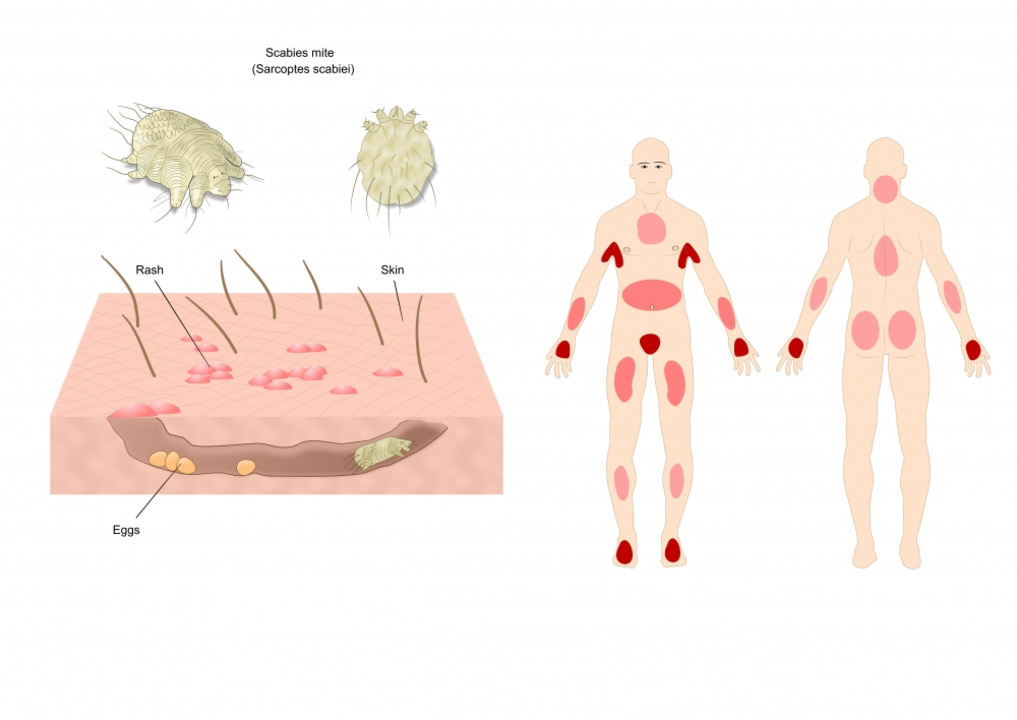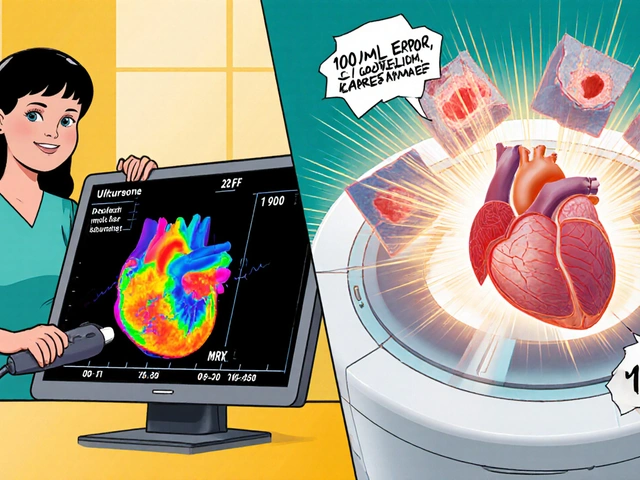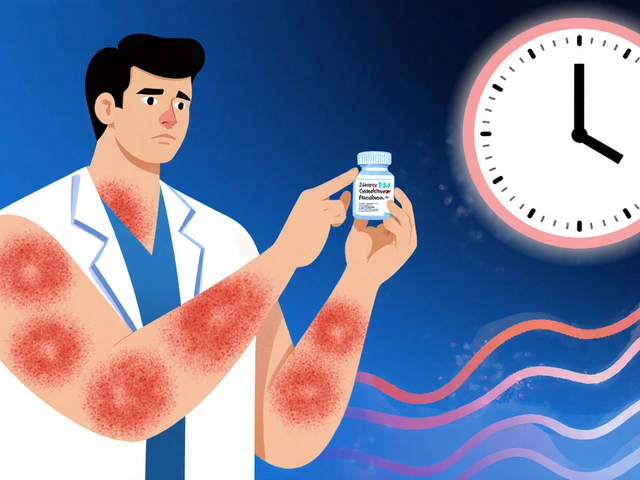Scabies Guide: Symptoms, Causes & Fast Treatment Tips
If you’ve ever felt an unshakable itch that gets worse at night, scabies might be the culprit. It’s a tiny mite that burrows into your skin, leaving behind a trail of irritation. The good news? You can spot it early and kick it out with a few straightforward steps.
How to Spot Scabies – What Your Body Is Trying to Tell You
The first sign is usually an intense itch that peaks after you hit the pillow. Look for tiny, raised bumps or thin lines (these are the mite’s tunnels) especially between fingers, on wrists, elbows, and around the waistline. If a partner or close contact also complains of the same itch, the odds are you’re dealing with scabies.
Don’t get confused with regular eczema or allergic rashes – scabies lesions often appear in clusters and may be more noticeable in skin folds. A quick visual check in the mirror can help you spot those classic “burrow” lines. If you’re unsure, a brief visit to a pharmacist or doctor will confirm it fast.
What Causes It and How You Catch It
The mite spreads through prolonged skin‑to‑skin contact – think sharing a bed, couch, or even close hugs for extended periods. It’s not usually caught from casual handshakes or public surfaces like doorknobs.
Crowded living situations, such as dorms or nursing homes, increase the risk because the mite can pass from one person to another without anyone noticing at first. If you’ve recently traveled or moved into a new home, keep an eye out for any unexplained itching among family members.
Quick‑Fix Treatment Options
The most common over‑the‑counter remedy is 1% permethrin cream. Apply it from the neck down (or all over if you’re a child) and leave it on for eight to twelve hours before washing off. A second application a week later usually wipes out any lingering mites.
If you can’t get permethrin, look for benzyl benzoate lotion or sulfur ointment – both work but may smell stronger. Prescription pills like ivermectin are an option when creams don’t clear the infection or when many people in a household are affected.
After treatment, wash all clothing, bedding, and towels in hot water (at least 50°C/122°F) and dry on high heat. Items you can’t launder should be sealed in a plastic bag for at least three days; the mites can’t survive that long without a host.
Preventing Re‑Infection
Even after successful treatment, keep an eye on any itching for another two weeks. If symptoms return, you might need a second round of medication or a stronger prescription. Encourage close contacts to treat at the same time – treating only one person often leads to a cycle of re‑infection.
Maintain good personal hygiene and avoid sharing clothes or bedding with anyone who shows signs of scabies. Regularly washing hands and keeping nails trimmed can reduce the chance of scratching deep, which spreads the mites further on your own skin.
When to Seek Professional Help
If the itch doesn’t improve after two weeks of treatment, or if you notice severe swelling, blisters, or secondary infections (like pus‑filled bumps), book a medical appointment. Doctors can prescribe stronger creams or oral medication and check for complications.
Scabies isn’t life‑threatening, but the constant itching can wreck sleep and mood. With quick detection and proper treatment, you’ll be back to comfortable skin in days.
Got more questions? Keep this guide handy, share it with anyone who might need it, and remember: a little early action stops the itch before it spreads.




